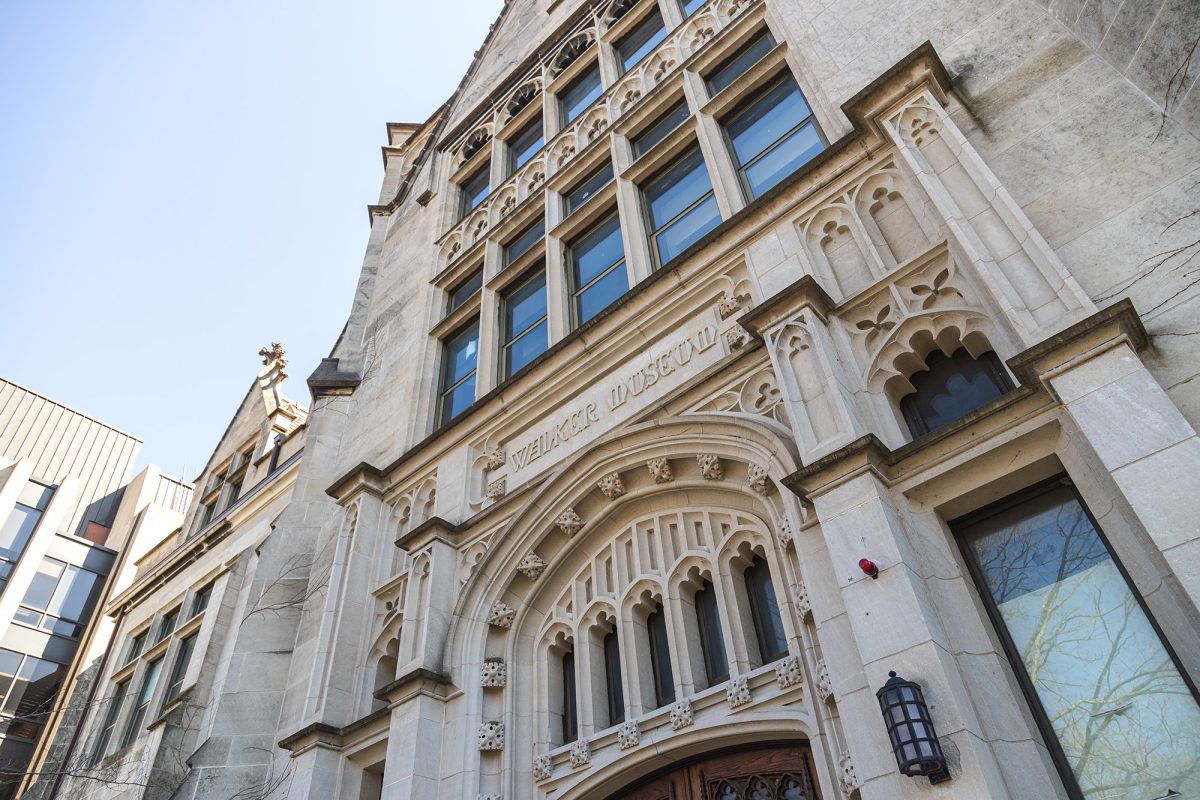Just three miles north of campus, on what is now a Bronzeville development project, a stretch of land once housed Camp Douglas, one of the few training facilities for black soldiers in the Civil War and the Union prison with the most prisoner deaths.
“[Camp Douglas] was the single most significant physical facility from the Civil War in Chicago,” said David Keller, managing director for the Camp Douglas Restoration Foundation, after a presentation on the site by the Hyde Park Historical Society on Sunday.
The camp, which opened in 1861 and closed in 1865, was located on the 60 acres between East 31st and 33rd Streets and South Cottage Grove Avenue and South King Drive, interrupted only by the property of the Graves family. Graves refused to leave home despite the army camp surrounding the property on three sides, according to Keller.
“There are two people from the Civil War I want to meet: Abraham Lincoln and Mrs. Graves. I want to ask Mrs. Graves—there were 40,000 Union soldiers training there, roughly 25,000 Confederate prisoners held there, God knows how many horses, and one very small sewer running down 33rd Street—I want to ask her if she was really happy she stayed.”
Between 5,000 and 6,000 prisoners died in Camp Douglas, 4,000 of those of disease. The camp was not designed for long-term incarceration, especially considering that South Cottage Grove Avenue was a major thoroughfare between downtown Chicago and Hyde Park, Keller said.
“It actually had a horse-drawn trolley during the time of the Civil War. This caused all kinds of problems because the prisoners weren’t very secured, and the trolley would pick them up and [take them downtown].”
Escaped prisoners were often recaptured in one of the many bars downtown Chicago had to offer, Keller said.
Keller also presented on Camp Douglas’s significance to African American history and the Restoration Foundation’s goal of constructing two prisoner barracks and a portion of the stockade fence on the site of the original camp. Currently, the site is home to about 2,000 apartments of the Lake Meadows development project. The project’s developer, Draper and Kramer, has not been cooperative with the Foundation.
Beyond working toward a museum site, the Foundation also circulates a quarterly newsletter and leads archeological digs, and it is working with the Illinois Institute of Technology to create a virtual, 3-D version of the camp. These efforts seek to memorialize Camp Douglas as an important site in Civil War and American history.
“There’s a lot that went on here. We shouldn’t forget it,” Keller said.







